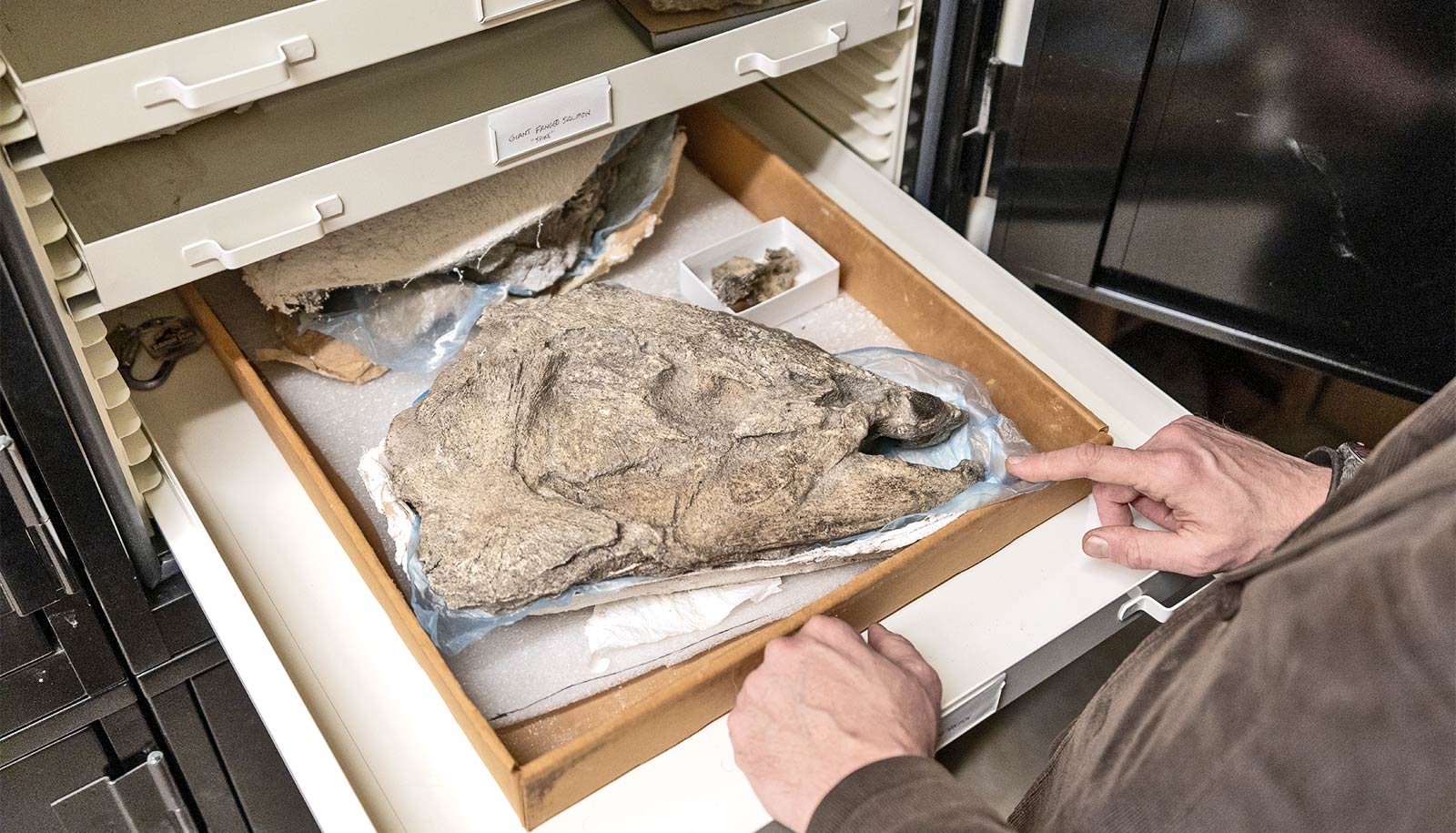Cybersecurity researchers spotlight a new ransomware threat – be careful where you upload files
Modern web browsers are increasingly becoming like virtual computers, able to send email and play music and videos. The downside is it’s a new way for hackers to get into your computer.
Selcuk Uluagac, Professor of Computing and Information Science, Florida International University
• conversation
yesterday • ~7 min
yesterday • ~7 min
Banning TikTok won’t solve social media’s foreign influence, teen harm and data privacy problems
TikTok is hardly a model social media platform, but it’s also far from an outlier when it comes to threats to Americans.
Sarah Florini, Associate Professor of Film and Media Studies, Arizona State University •
conversation
April 25, 2024 • ~7 min
April 25, 2024 • ~7 min
Two MIT teams selected for NSF sustainable materials grants
Chosen from 16 finalist teams, the MIT-led projects will investigate quantum topological materials and sustainable microchip production.
David L. Chandler | Elizabeth A. Thomson | MIT News | Materials Research Laboratory •
mit
April 25, 2024 • ~11 min
April 25, 2024 • ~11 min
/
671









